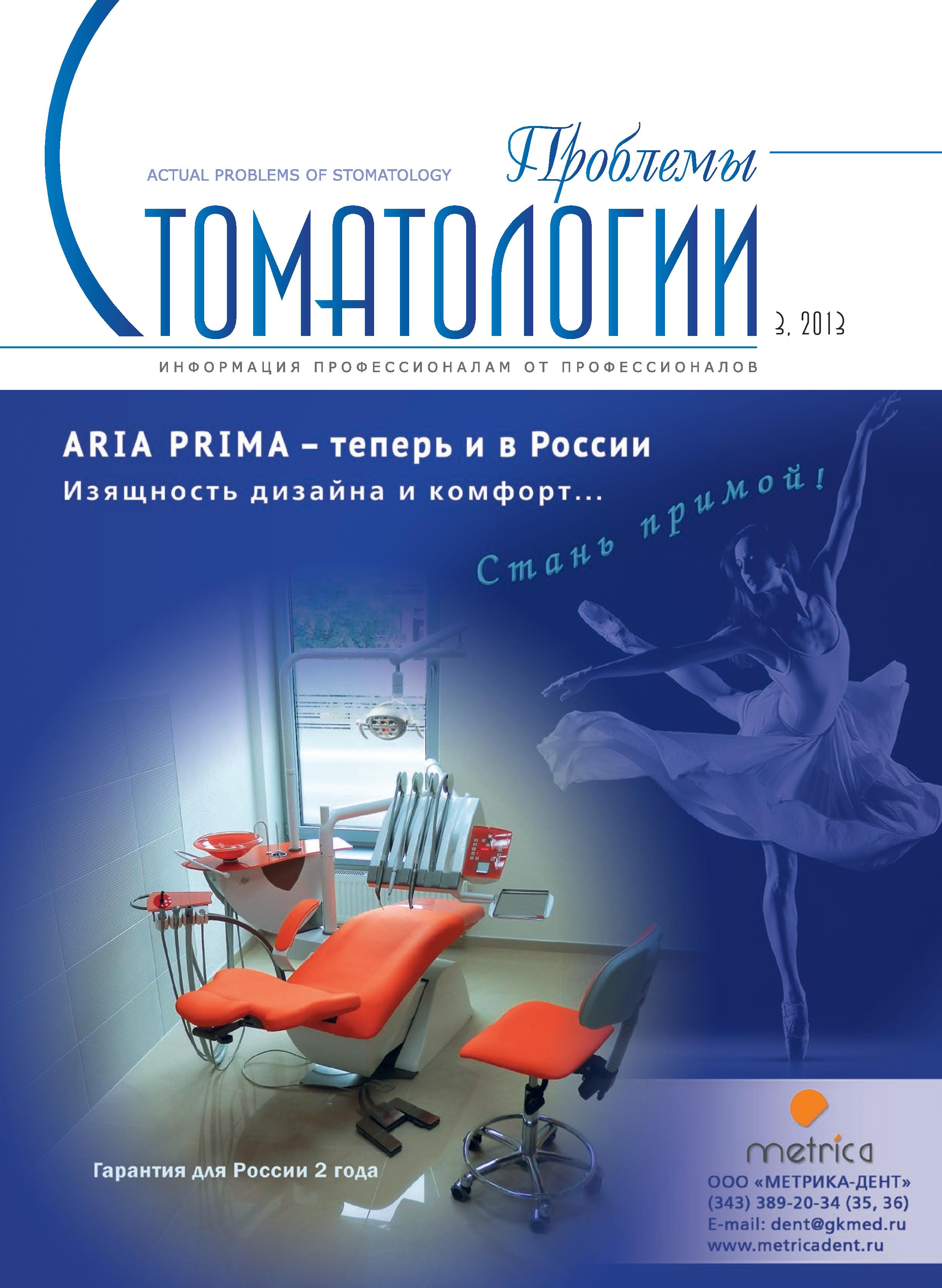Yekaterinburg, Ekaterinburg, Russian Federation
T
This review is devoted description of the mechanical behavior of human dentin under compression and bending from a position of materials science taking into account last experimental data. It is established that strength properties of dentin differ from properties of the majority of a natural and synthetic materials significantly. Its property under compression can vary from high elastic and plastic to brittle depending on geometry of the sample, however it behaves as a brittle material under bending. The crack growth mechanism shown that dentin is able to considerable plasticity at microscopic level. Such property allows dentin to function at compression with considerable damages, such, as cracks, up to stress 350 MPa whereas at a bend, separation of a dentin samples occurs immediately after a crack nucleation. It is necessary to note that there is essential influence of the liquid environments on deformation behavior of dentin at pressure above 100 MPa, that, however it is not sufficient at a normal operation of a tooth (<30 МПа), therefore it is possible to consider tooth normal functioning at infringement of natural circulation the dentin liquids.
dentin, structure, strength, compression, bending, fracture



















